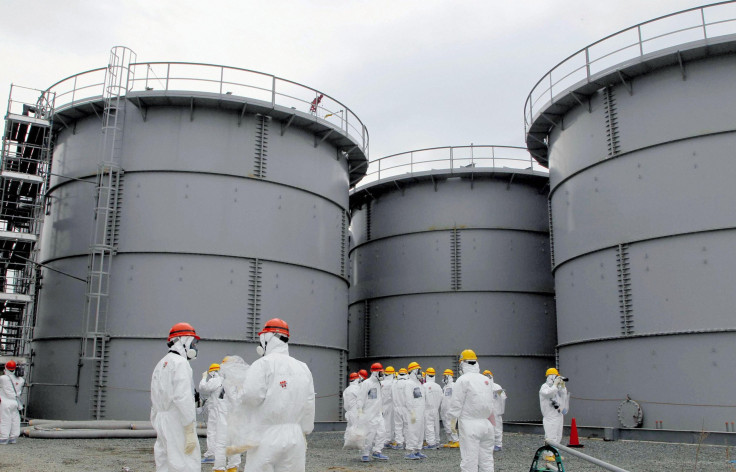Doctor-Turned-Mayor, Akira Sugenoya, Offers Fukushima Children Shelter As Plant Continues To Leak Contaminated Water

In Japan, the March 11, 2011 crisis that began with an earthquake, resulted in a tsunami, and ended with the Fukushima Daiichi nuclear disaster is known as ‘3-11.’
Now, a mayor of Matsumoto, a central Japanese city about 200 miles from the power plant, is offering refuge to children who are still affected by 3-11. Dr. Akira Sugenoya recently told the Associated Press that his city will pay 14 million yen (about $140,000) a year for a six-bedroom house complete with caretakers to host schoolchildren. Parents need only cover utilities and meals if they wish to send their children into safety far from the Fukushima nuclear power plant — which even today is spilling radioactive contaminants into the environment.
Why is Sugenoya, mayor of Matsumoto since 2004, so concerned? In a word: experience.
Similarities to Chernobyl
Sugenoya is a medical doctor, who worked, beginning in 1996, for five-and-a-half years in the Republic of Belarus. There, he treated children with thyroid cancer caused by the 1986 Chernobyl disaster in neighboring Ukraine. During that nuclear plant catastrophe, radioactive substances released into the atmosphere had contaminated soil and food throughout the region. Shortly after the Fukushima Daiichi catastrophe, Japan Times reported, Sugenoya shared his well-informed opinion on setting emergency radiation limits for food with his own country’s Food Safety Commission.
Although he stated back in 2011 that the limits set by the commission appeared to be “relatively stringent” by international standards, he told Japan Times that adults should leave safer food for the more at-risk segments of the population — infants, children up to the age of 14, and pregnant or breastfeeding women — even if it means they will eat contaminated food themselves. At that time, the doctor had questioned the Japanese government’s ‘slow disclosure of soil contamination data,’ noting the authorities only seemed to be concerned with monitoring radiation levels in the air.
“I think some municipal governments have only recently begun to release soil data in response to mounting calls from the public,” he told Japan Times in 2011. “But the central government should have taken the initiative to release them much earlier…. What the central government must do now is release all data, no matter how bad, because if it doesn’t it can only add to people’s suspicions that it is manipulating information. So many people in Japan are now saying that they can’t trust their own government.”
Difficulties at Fukushima Daiichi... Today
Just two days ago, Tokyo Electric Power Company (TEPCO), operator of Fukushima Daiichi, announced more troubles at the beleaguered nuclear power plant. While preparing the plant for a typhoon, workers discovered rainwater had overflowed from 11 areas within the containment tanks. Six of these, TEPCO reported, were approximately 24 times the discharge standard set by the government for Strontium-90.
“According to the latest sampling data, the highest level of Strontium-90 was 710 Bq/L at the H2 (South) area,” a company report stated. Although representatives considered the possibility of direct leakage to the seawater to be ‘very limited,’ the report indicated that water had overflowed the dikes.
The original calamity at this nuclear power plant began in March 2011, when a tsunami damaged reactor cooling systems and sparked three meltdowns. Throughout the world, this original incident has been recognized as the worst nuclear plant disaster since Chernobyl in 1986. The Chernobyl disaster was caused by flawed reactor design that resulted in a steam explosion and fires that released, the World Nuclear Association estimates, at least five percent of the radioactive reactor core into the atmosphere.
The Japanese government, according to the Associated Press, has admitted errors in responding to the radiation danger. Although it could have distributed potassium iodide pills, which it had on hand, to prevent the accumulation of radioactive iodine in children's thyroids, the government failed to deliver the pills in time to be effective. Clearly, Sugenoya's offer to safely shelter children who live within the vicinity of Fukushima far from the power plant reveals distrust.
"If my fears turn out to be unfounded, nothing would be better news," Sugenoya told the Associated Press. "But if they become reality, then there is little time before it's too late."



























